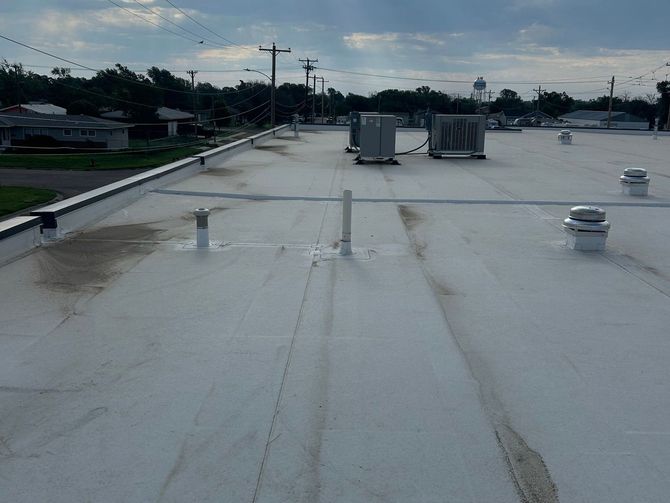Metal roofing is increasingly popular among homeowners and businesses alike, and it’s easy to see why. With remarkable durability and impressive energy savings, it stands as a superior roofing option. Whether you’re constructing a new home or replacing an old roof, understanding the benefits of metal roofing is key. This article explores why metal roofing is the best choice for both durability and energy efficiency.
Why Metal Roofing is the Best Option for Your Home and Business
Metal roofing comes with several advantages for both residential and commercial properties. A major benefit is its durability. Metal roofs endure harsh weather elements like snow, heavy rain, hail, and high winds. Unlike asphalt shingles, which deteriorate over time, metal roofs resist cracking, warping, and corrosion, offering a lasting investment for your property.
Another great benefit is the low maintenance required by metal roofing. It’s built to last for decades—sometimes up to 50 years or longer—and requires fewer repairs than other roofing materials. This longevity makes metal roofs a solid investment, saving you money on long-term maintenance.
How Metal Roofing Contributes to Energy Savings
One of the most compelling reasons to choose metal roofing is its energy efficiency. Metal roofs reflect sunlight, which helps keep your property cooler during the summer months. This reflective quality reduces the need for air conditioning, resulting in lower energy bills. In fact, studies have shown that metal roofs can reduce cooling costs by up to 25%, especially in hot climates.
Moreover, metal roofing provides excellent insulation. By keeping heat in during the winter and out during the summer, it helps maintain a comfortable indoor temperature, reducing the need for heating and cooling systems. This can lead to substantial energy savings over time.
Steel vs. Aluminum: Which Metal is Right for Your Roof?
When selecting a metal roof, the two most common materials are steel and aluminum. Each has its advantages, depending on your needs and the environment in which the roof will be installed.
The Advantages of Steel Roofing
Steel roofing is recognized for its durability and cost-effectiveness. Often used in commercial buildings, it’s ideal for areas prone to severe weather. Steel is also more resistant to denting, which makes it a great choice for regions with frequent hail. However, proper maintenance is needed to prevent rust formation.
Why Choose Aluminum Roofing?
In contrast, aluminum is a lightweight, corrosion-resistant material, ideal for regions with humid or coastal climates. Its reflective properties help keep buildings cooler, and despite being pricier than steel, its long-term durability makes it an excellent investment.
The Lifespan and Long-Term Value of Metal Roofs
While the upfront cost of a metal roof may be higher than traditional roofing materials, it’s important to consider the long-term benefits. Metal roofs can last anywhere from 40 to 70 years, offering substantial savings on energy and maintenance, which makes them a wise investment over time.
Metal roofs can also enhance the value of your property. They are often associated with durability and energy efficiency, making your property more attractive to potential buyers.
Final Thoughts on Why Metal Roofing is the Ultimate Choice
In conclusion, metal roofing is a wise choice for any property, offering unparalleled benefits like durability, energy efficiency, and long-term value. Whether you opt for steel or aluminum, you’re investing in a roofing system that will provide lasting protection and savings.
Thinking about installing a metal roof? Contact us today for a consultation, and we'll assist you in choosing the best roofing system to meet your needs!
#MetalRoofing #EnergyEfficientRoofing #DurableRoofing #SteelRoofing #AluminumRoofing #RoofInstallation #RoofingMaterials #LongTermValue
